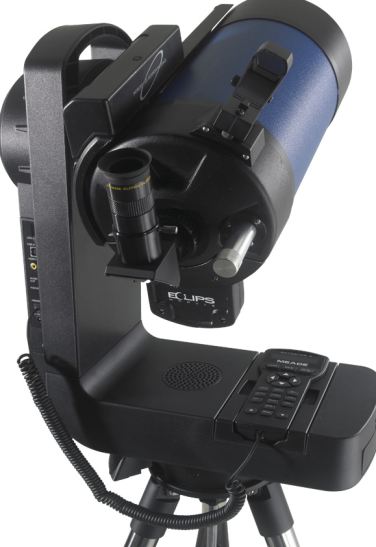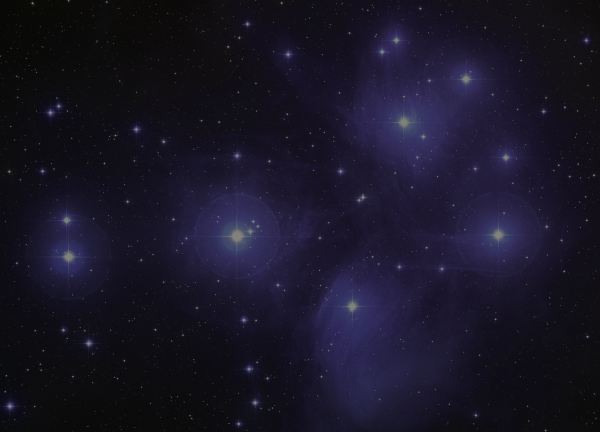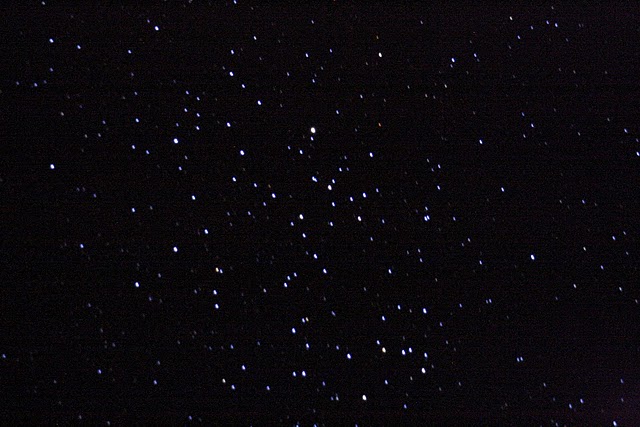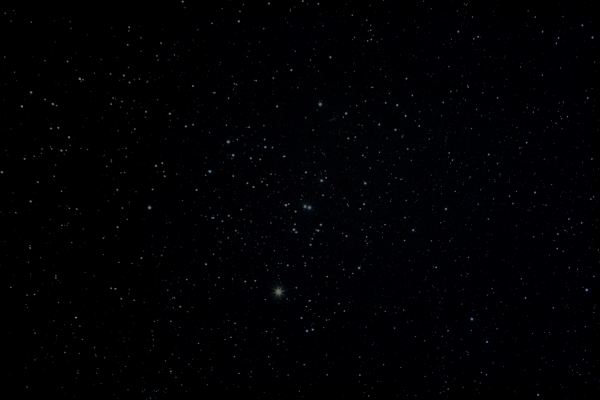Many of you may already know, I’m an astronomy nut. I love space and everything to do with it.* I’ve watched Carl Sagan’s brilliant TV Series Cosmos dozens of times (and happy to watch some again with anyone interested). I’m half way through the first series of the Discovery Channel’s The Universe series. I’ve got The Teaching Company’s Introduction to Astronomy DVD Course. And I just signed up last week to Swinburne Astronomy Online’s Short Course.
And yesterday, I bought my very own telescope.
They don’t make telescopes like they used to, eh? It’s a fully automatic whizz-bang thing, I basically press buttons and it zips around (slowly) and shows me what I asked for. It has slightly cheesy audio descriptions, which are actually kinda cool because they tell you what too look for, as well as how big and how far away the object is.
After a rocky start last night, where the dumb thing couldn’t even get a GPS lock, I took it out to the local football oval down the street and tried it again tonight. Despite nothing changing since yesterday, it now worked a treat and it was set up and auto-aligned within 10 minutes. Excellent!
Unfortunately, Melbourne’s far too bright a city. The light pollution is pretty bad and you could be excused for thinking the universe is mostly grey. There were plenty of stars about, though. But no planets! I was out at about midnight, but all the planets, asteroids and moons in our solar system were hiding below the horizon! Very inconvenient! But as I said, there were plenty of stars around so I still got to see some Globular Clusters (awesome name for a rock band but no, GCs are groups of stars all bunched up in each other’s gravity).
First object I looked at was M45, Pleiades. Roughly 440 light years from Earth, it’s an open globular cluster that’s also known as the Seven Sisters (for 7 of the brightest stars are very clearly visible with the naked eye). What I saw wasn’t quite like this image (no blue and I couldn’t see the dust clouds, just black space with very bright white dots) but I saw about 20 or 30 stars, as well as the very obvious 9 very bright stars. So that was pretty cool.
Next I had a look at NGC 3532. I didn’t know it at the time but this was the very first thing the Hubble Space Telescope looked at when it was first launched, which seems fitting for my first night out with a scope! It didn’t work out too well for the Hubble telescope, which had a flawed mirror at the time, but for me I had no trouble looking at it and could see a good 20 or 30 stars. Was quite cool!
And last of what I can remember, I had a look at Hyades.
There were a bunch of other things, mainly globular clusters as there was too much light pollution to really see anything else. Definitely looking forward to getting out of Melbourne and into the middle of nowhere, to really get some dark sky viewing!
Please be aware, none of the photos here are my own. They are all sourced from the web, but most I have altered brightness or colours to try and better reflect what I saw. They’re pretty good as a rough guide to what I saw.
* Well, not EVERYTHING. I mean there’s way too much maths involved, for a start. And don’t get me started on dark energy…



